Interactive Content for the Sales Funnel
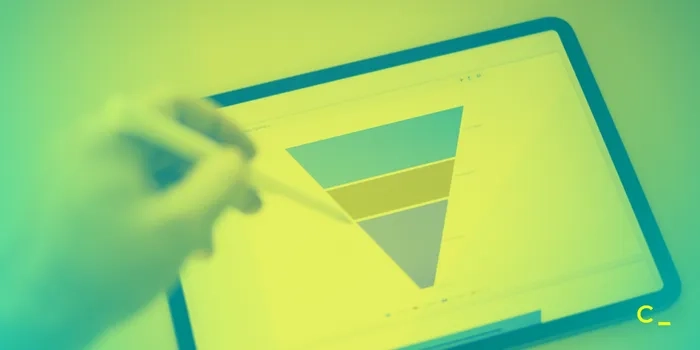
Every business felt the pain of missing a sale at least once: After weeks of pitches via different types of persuasive content on various marketing channels, a prospect leaves your sales funnel without buying.
Well, s**/t happens.
But it happens less often when you juggle with proper tactics to engage and hold a consumer at every stage of their journey towards purchasing from you. The problem is that your competitors don't sleep, screaming about their products all over the news and turning your marketing campaign into white noise.
To outscream them like a pro, you need the approach allowing you to stand out from this crowd at each stage of your sales funnel. This approach can be generating accurate interactive content types through a customer journey.
In this article, we'll cover:
- The concept of a sales funnel and its critical role in business
- Sales funnel stages and content, depending on a business model
- Why use interactive content in a sales funnel
- Interactive content types working at each stage of a sales funnel
What Is a Sales Funnel?
A sales funnel is a marketing term for the journey a person goes through on the way to purchase. This journey consists of several steps, from awareness to action; a sales team implements various tactics and communication strategies at every step to convert prospects into customers, persuading them to take the desired action.
Every interaction with a customer should follow the strategic framework of a sales funnel.
As a rule, a sales funnel consists of the top (attract a consumer), middle (engage), and bottom (delight); but these stages may vary a bit, depending on a business's sales model.
A sales funnel is a must for every business because it helps understand the prospects' thoughts and deeds at each stage of their purchasing journey and invest in proper marketing channels and activities to turn those prospects into happy customers.
Here's what a sales funnel does for your business:
- It helps understand a consumer's pain points, needs, and frustrations and personalize your sales strategy accordingly.
- It allows you to better communicate and relate to customers.
- It helps you build customer relationships for more loyalty, trust, better retention, and conversion rate.
The Stages of Sales Funnel: Content You Use for Each Stage
The most common version of a sales funnel is based on the AIDA model and consists of four stages:
- Awareness: People find out about your business and product/service.
- Interest: People get interested in your business, thinking about how it can help them solve a problem.
- Desire: People dig deeper into the information about your offer, deciding if they want to get it.
- Action: People turn into your customers; they make a purchase, download your product, subscribe to your content, etc.
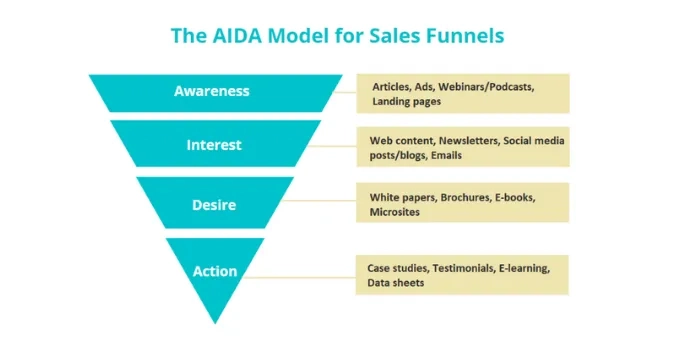
Speaking of sales funnels, some experts also mention two additional stages: evaluation (it comes after interest) and retention (it comes after action). Others reduce the buyer's journey to three stages: awareness, consideration, and decision.
Whatever model you choose for a sales funnel, your marketing job will center around three tasks:
First, you'll need to attract your prospects at the early stages of their journey. Then you'll work on engaging them and turning them into your customers. And finally, you'll delight them to stay with you, buy from you again, and turn into your brand advocates.
It stands to reason that you'll use different content types and marketing channels for each stage:
- Attract is when you create content and conversations to start relationships with the right people. Your channels here are educational blogging, SEM, and social media.
- Engage is when you provide insights and solutions aligning with your prospects' pain points and goals. It's the stage of building lasting relationships, and your channels here are email, retargeting, and social media.
- Delight is when you give an outstanding user experience by adding real value that empowers people to become your company's fans. Your channels are email, loyalty programs, knowledge bases, live communication, and remarketing.
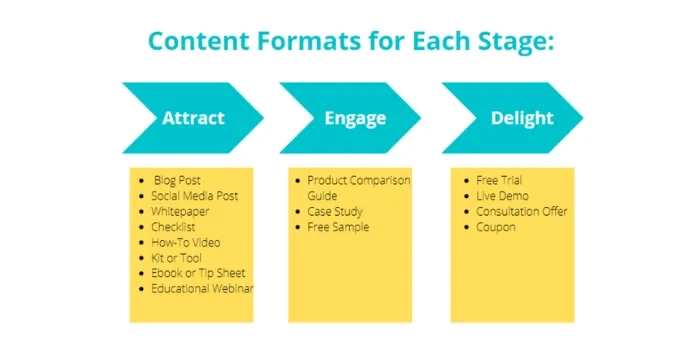
That's great — but what does it all have to do with interactive content?
Why Use Interactive Content for Sales Funnel
Nowadays, interactive content is king: 93% of marketers agree it's more effective at communicating with prospective customers than static assets. It makes sense:
Users want to engage with a product/service and interact with brands before purchasing, so interactive content appears to be the best instrument to reach prospects throughout their buyer journey.
Here goes some statistics:
- 79% of marketers admit that interactive content improves message retention.
- Interactive content is twice more engaging than static content.
- For 88% of marketers, interactive content works as an instrument to differentiate their brands from competitors.
Okay, but what is interactive content, by the way?
Interactive content refers to any type of content asset requiring and encouraging users to engage with it rather than passively consume it. Quizzes, calculators, polls, contests, surveys, interactive infographics, and videos are the most common examples of interactive content to use throughout your sales funnel.
The benefits of interactive content are evident:
1. It generates higher engagement rates and enhances conversion.
Given today's fierce competition across all industries, it becomes super-challenging to stand out. The battle for user attention and interest is exhausting, and interactive content serves as a marketer's magic weapon to offer a more engaging, immersive experience.
Not only does it drive curiosity and elicit a reaction, but it also enhances conversions to 40-50%! Brands often use interactive content as a lead magnet to engage users and collect email addresses: If a person subscribes, it's a signal of their pure interest and readiness to collaborate with you.
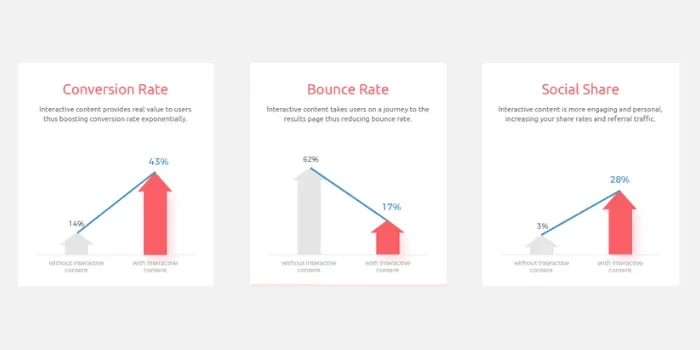
2. It helps capture data about your prospects.
In today's data-driven age, it's critical to know details about your target audience to understand what they want and how your business can help them get it.
We've already mentioned the email address collection: When you create attention-grabbing content that offers a personalized experience, users enjoy it and don't mind providing their info. The more data you get, the better you'll optimize your sales funnel to nurture more leads.
Quizzes and surveys are just a few examples of interactive content you can use to capture data and create personalized content based on it.
3. It increases your brand loyalty.
As you capture data through interactive content, you learn more about your audience, know how to communicate with them, and offer what they love. Your highly personalized and targeted content will establish brand trust and authority, engaging more and more loyal customers in due course.
Interactive Content Types for Different Stages of Sales Funnel
What types of interactive content better work at each stage of your sales funnel? First, let's reveal all of them in general:
- Interactive infographics
- Videos
- Surveys and polls
- Calculators
- Interactive e-books and white papers
- Emails
- Quizzes, contests, and games
- Product recommendations
- Diagnostic tools
- AR (Augmented Reality)
And now, for more details on each:
Top of Funnel (Awareness and Interest)
- Interactive infographics
- Quizzes and games
- Videos
More than 40% of marketers admit that infographics are the most engaging visual format to attract users. But let's face it, everyone creates infographics now, so yours won't stand out just because you've published it on the blog or social media accounts.
Take a step further and include interactive elements in your infographics:
Yes, it takes more time and effort, but it's your sure-fire way to generate more shares. Just ensure your interactive infographic is relevant to your targets' interests and needs.
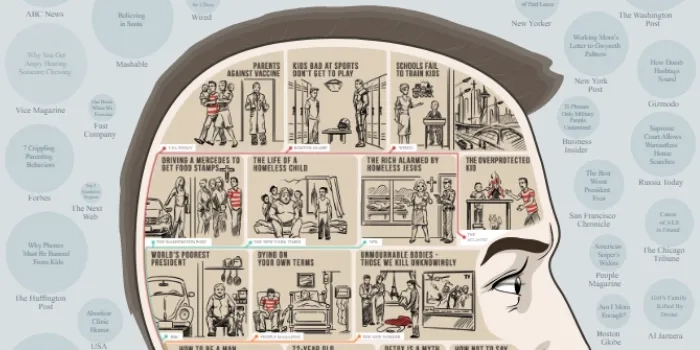 Check the full infographic here
Check the full infographic here
Interactive videos began their trip through marketing campaigns in 2018-2019. Back then, specialists noticed a 591% lift in user activity when watching a video with interactive elements. 360° videos, clicking the screen to switch between video elements — these are a few examples of what you can do with video content to engage viewers and make them remember you.
Quizzes and games are super engaging for the online audience to complete. Not far to go for an example: 96% of users who start BuzzFeed quizzes finish them, and their most popular quiz has got about 2.5 million likes and shares on Facebook back in 2014!
Middle of Funnel (Evaluation and Decision)
- Surveys and polls
- Calculators
- Interactive e-books and white papers
- Emails
Polls and surveys are probably the most popular interactive content to share on social media. They are fast and easy to create, and you can use them to collect the data from your audience: feedback on your products or service; insights like your targets' names, location, interests; purchasing preferences, etc.
Interactive calculators are perfect for lead generation: They give immediate answers to problems, providing quick wins for people weighing their options and, thus, encouraging them to purchase.
Calculators demand little effort from a user but give precise results to consider for decision-making. More than that, interactive calculators are easy to build even if you don't have any programming knowledge.
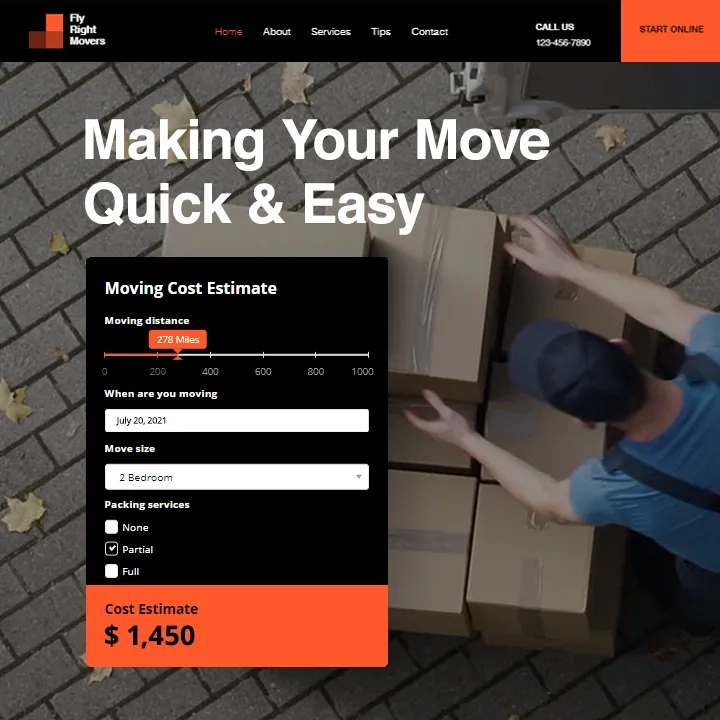
Interactive elements in long-form content like e-books and white papers supercharge it to be more engaging and shareable. Animated charts, catchy illustrations, a click design — all they turn your informative and educational content into highly readable and inviting to save. Ofcourse the preparation takes longer including the research, copywriting and graphic design.
Interactive emails are worth trying, too: They allow you to communicate to a target directly, not as a part of your public message. According to statistics, interactive elements in emails boost CTR, work like CTAs, and increase ROI.
With the appropriate email outreach platforms, you can add calculators, surveys, interactive infographics, videos, and other content types to your marketing emails. Remember about customer segmentation to send content, depending on the sales funnel stage.
Bottom of Funnel (Action and Retention)
- Product recommendations
- Diagnostic tools
- AR (Augmented Reality)
Interactive product recommendations are those generated by engines to be most relevant for a particular user in a given context. In plain English, they are personalized recommendations driven by machine learning-based algorithms and AI. Such content is worth your investment if your business is e-commerce-related.
The same is true about diagnostic tools: analyzers, explorers, generators — all help users decide on the right product or service to choose from your proposed ones.
Example: A Headline Analyzer from Advanced Marketing Institute. We've checked the headline of the article you're reading right now, and that's what we've got:
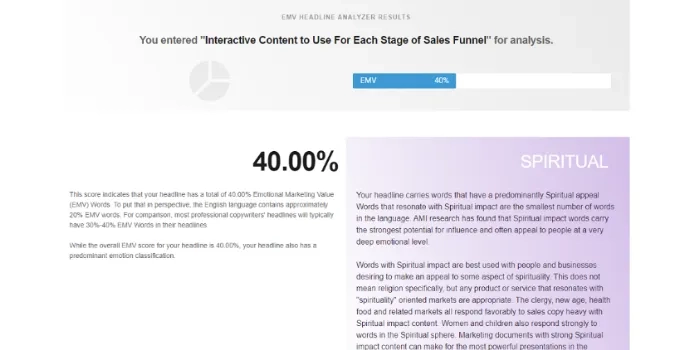
And finally, AR (Augmented Reality) content is about layered graphics presented to a user in a real-world environment. They allow "trying on" your products online, are super engaging, and assist people with the final decision on purchasing from you. A stellar example of such content is virtual assistants like Sephora's one, helping a customer ensure they choose the most suitable product.
Takeaways
So now you have at least ten types of interactive content to use at different stages of your sales funnel. Why interactive? In today's era of fast-evolving technologies and immense competition for customer interest, it's your instrument to differentiate from competitors and generate more leads.

